Residential Gas Line Relocation Services
Relocating residential gas lines involves careful planning and execution to ensure safety and compliance with local regulations. Properly performed, it minimizes disruption and maintains the integrity of the gas supply.
Specialized services for relocating gas lines within residential properties, ensuring safety and adherence to codes.
Replacing or rerouting existing gas pipes to accommodate home renovations or new layouts.
Fast response services for urgent gas line adjustments due to property modifications or safety concerns.

Technicians working on residential gas line setup.

Tools and machinery used in gas line relocation projects.

Excavation process for underground gas line rerouting.
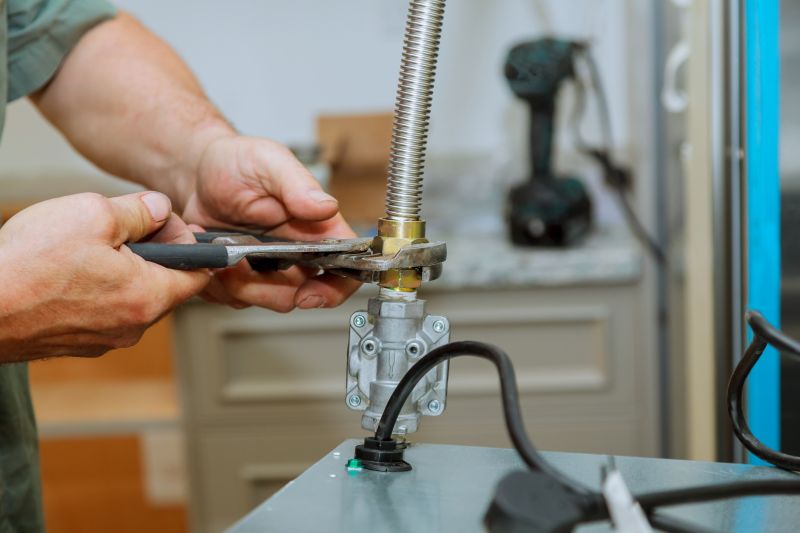
Ways to make Gas Line Relocation work in tight or awkward layouts.
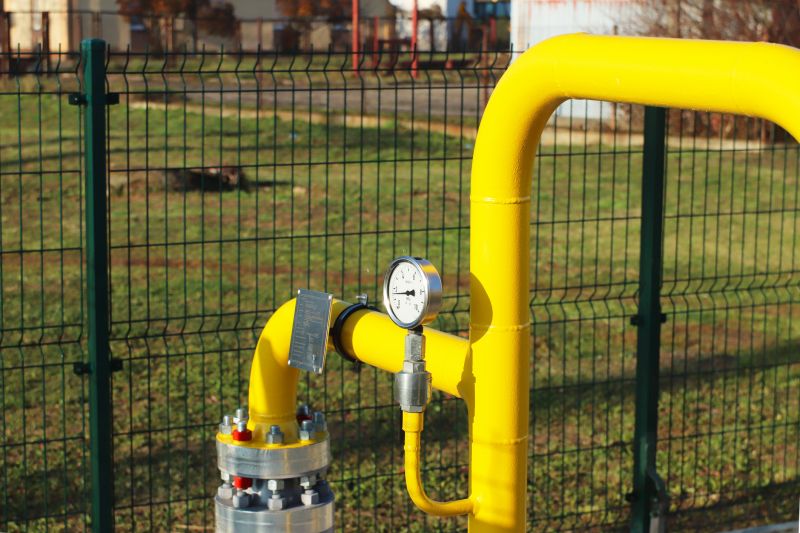
Popular materials for Gas Line Relocation and why they hold up over time.
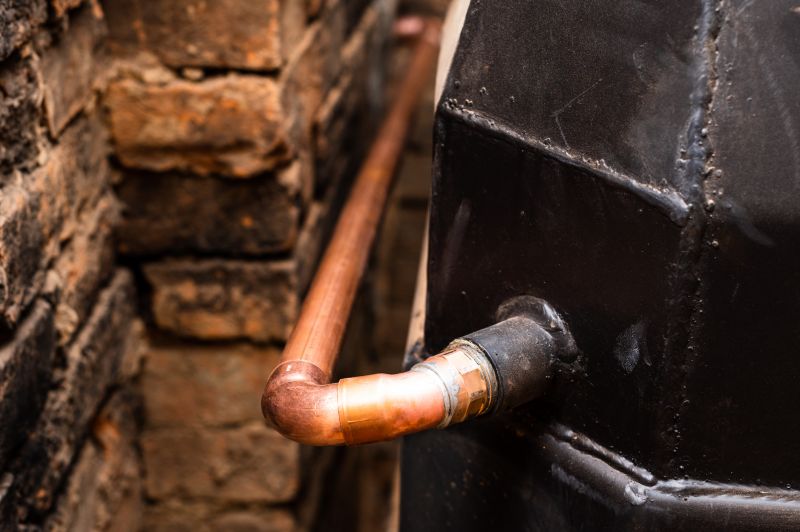
Simple add-ons that improve Gas Line Relocation without blowing the budget.
| Aspect | Details |
|---|---|
| Average Duration | Relocating a residential gas line typically takes between 1 to 3 days. |
| Permitting Process | Permits are required and can vary depending on local regulations. |
| Preparation Needed | Property access and clear work areas facilitate smoother execution. |
| Cost Factors | Project scope, length of gas line, and underground obstacles influence costs. |
| Safety Considerations | Professional handling ensures safety during and after the relocation. |
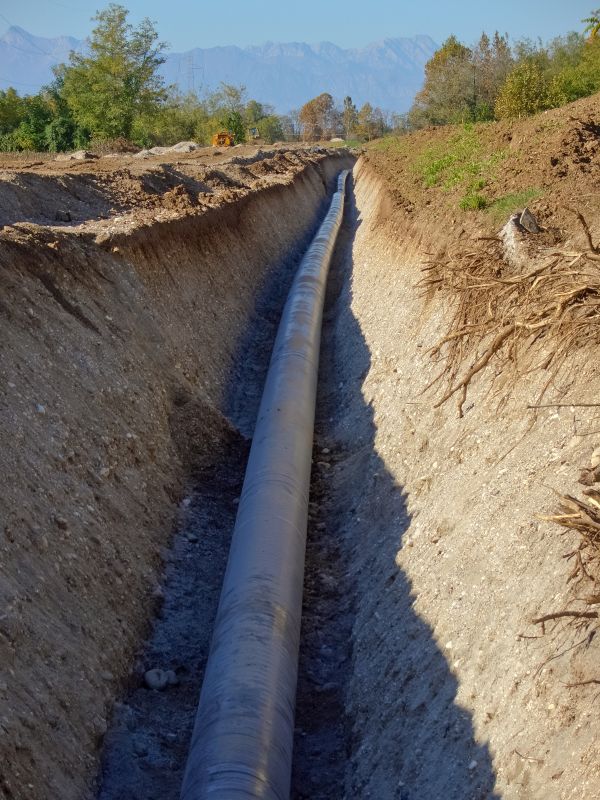
Excavation for underground rerouting.
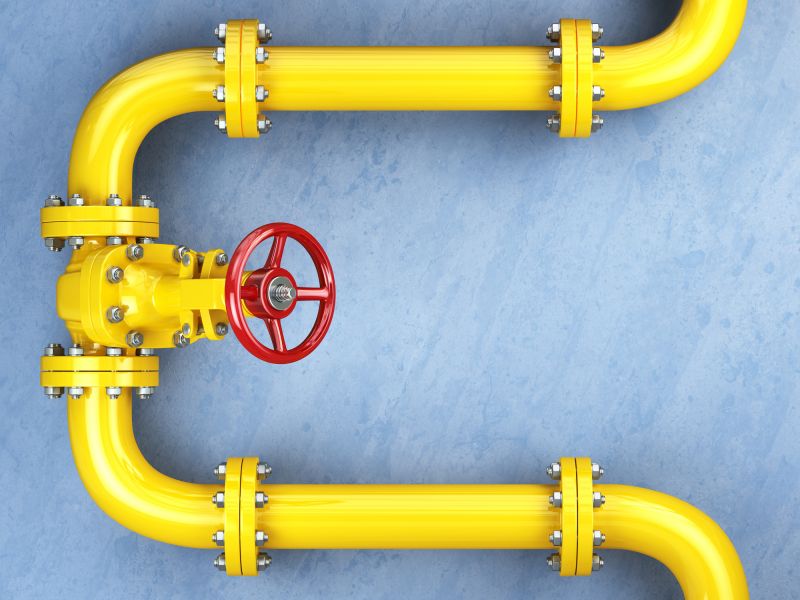
Connecting new sections of gas piping.
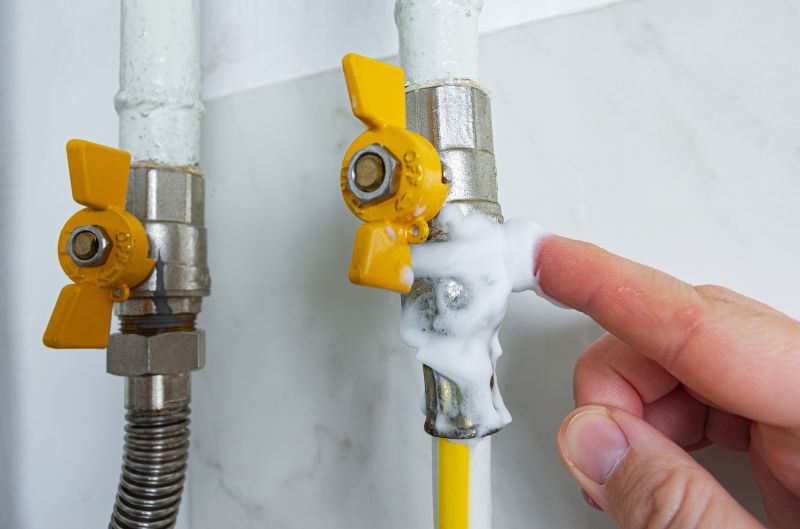
Ensuring the integrity and safety of the relocated gas line.
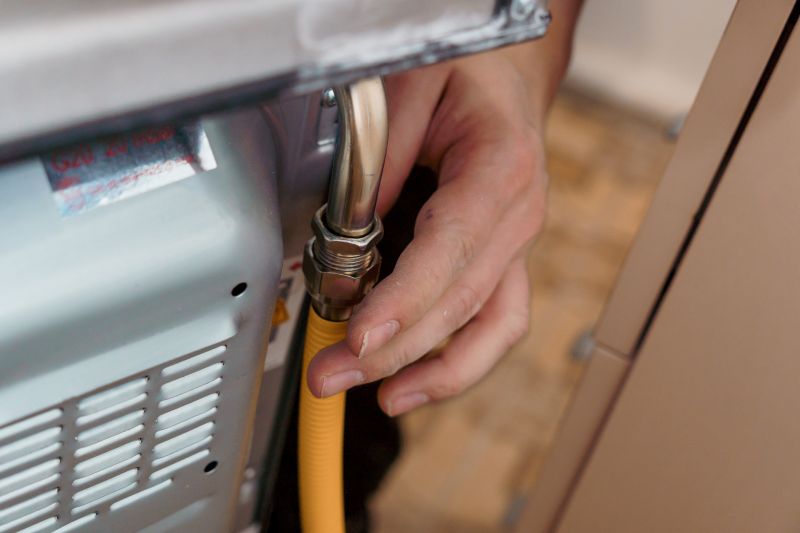
Restoring gas supply after relocation is complete.
The process of relocating a residential gas line begins with a thorough assessment of the existing infrastructure and property layout. After obtaining necessary permits, the work involves excavation, pipe removal, rerouting, and testing before restoring service. The entire project is designed to meet safety standards and minimize inconvenience.
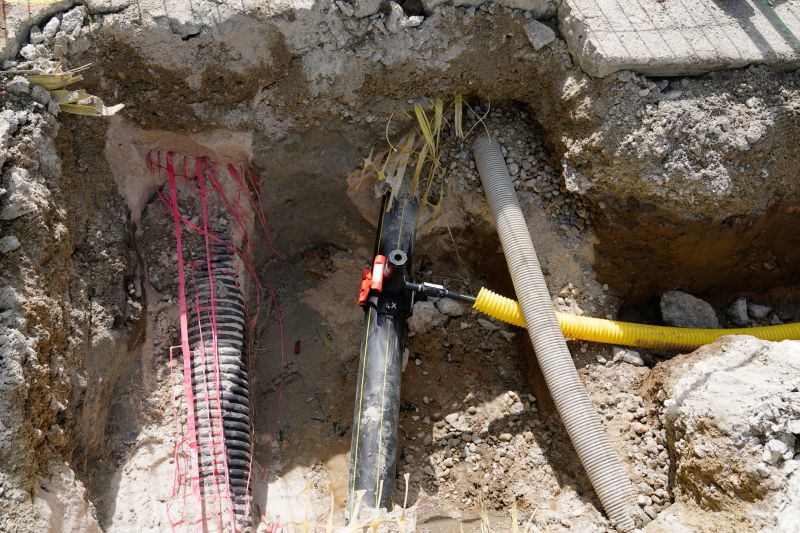
Existing underground piping before relocation.
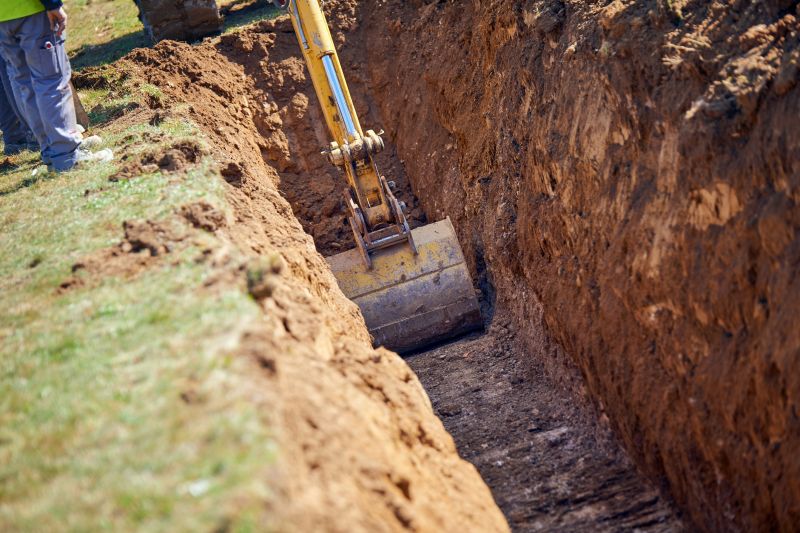
Heavy machinery used for trenching.
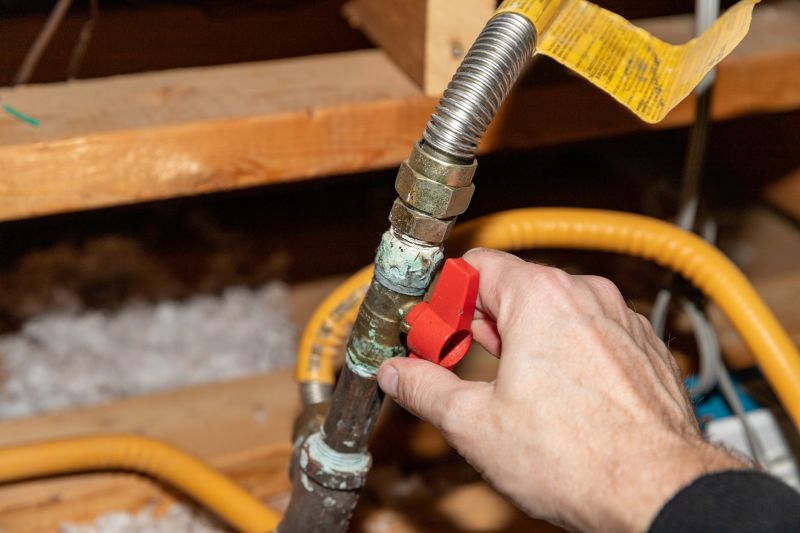
Connecting new sections of gas pipe.
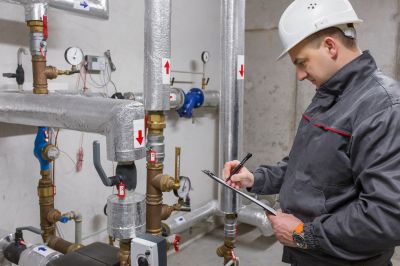
Ensuring safety and compliance.
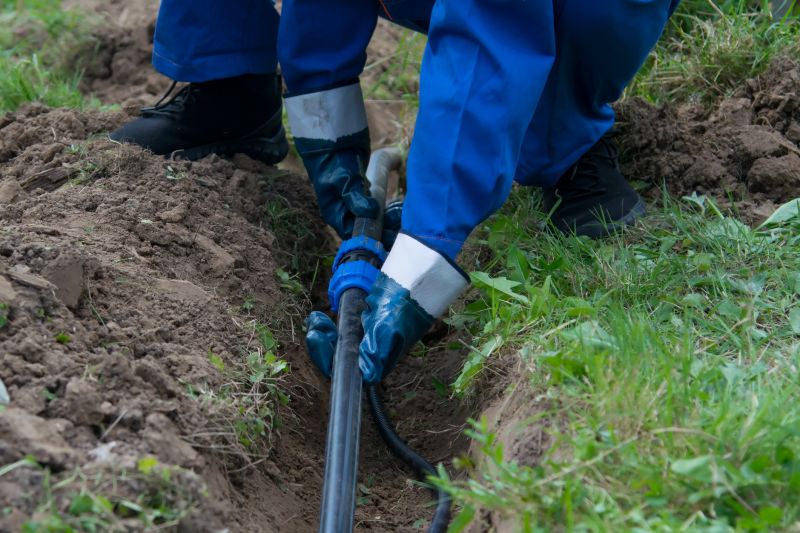
Refilling and restoring the work area.
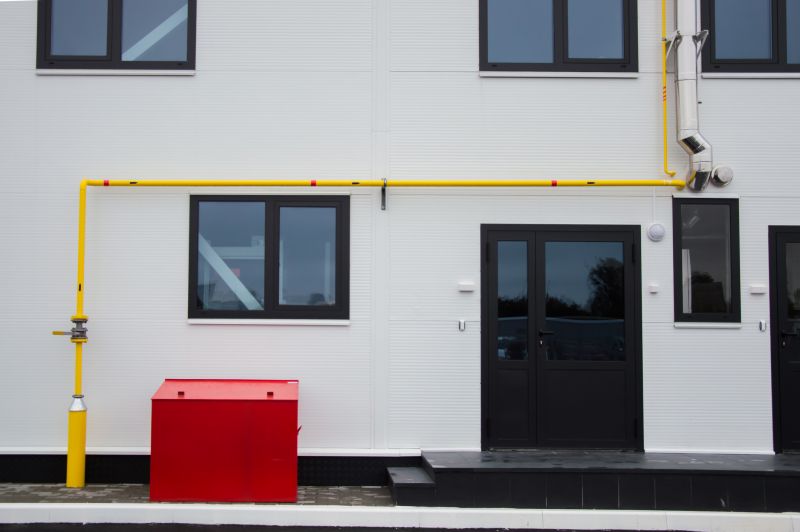
Relocated gas piping inside a residence.

Verifying the integrity of the new installation.
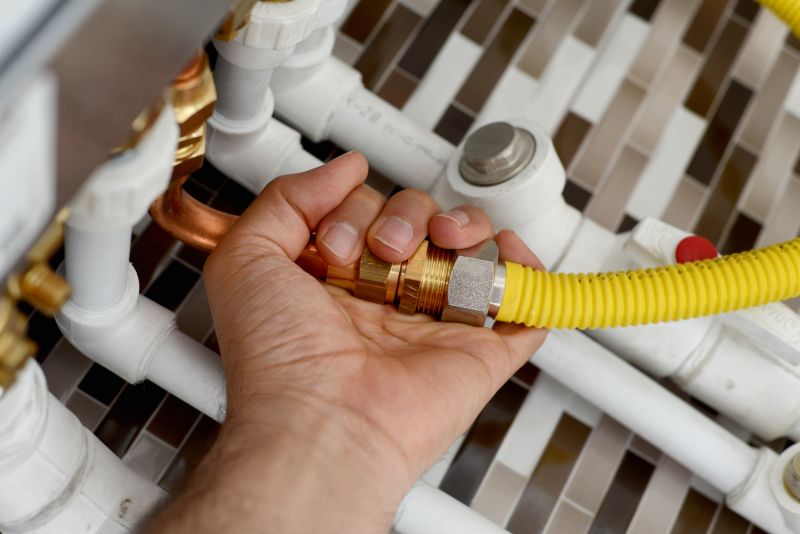
Final setup ready for use.
Proper planning and execution are essential for safe and efficient gas line relocation. The process involves coordination with local authorities, careful excavation, precise fitting, and thorough testing. Property owners are advised to schedule assessments and obtain necessary permits to ensure a smooth project.
For residential property owners considering gas line relocation, obtaining a detailed quote and timeline can facilitate planning. Filling out the contact form provides an opportunity to discuss project specifics and receive tailored information.



